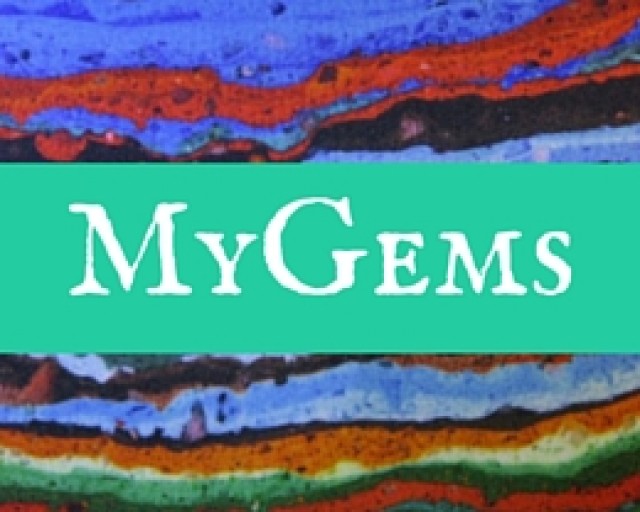17.35 CTS PARCEL MIXED BEADS MS 1283
- SKU
- Dimensions (mm)
- x x mm
- Weight (cts)
- Certified Gemstones
- No
- Type
- Bead
- Colours
-
THIS PARCEL HAS ONE PIECE ANCIENT GLASS WITH HOLE DRILLED
This is a parcel of stunning glass beads specimen which is between 700 to 3000 years old.Thousands of years ago, the Romans came to Afghanistan to trade glass and teach the art of glass making. Buried for centuries, the discarded chunks had been thrown into a pit for recycling, a common practice in ancient times, but instead were forgotten.It was just recently re found.These pieces we selected for their stunning colour-ideal as a centre piece in a necklace or kept a as a specimen.It should not be used where there is excessive rubbing.
Drilled in the face so it can be thredded on a necklace
Size of largest bead 18 X 25 mm app
COLOUR-where does it come from.?
The brillant colours come from a chemical reaction from the glass when left in the soil for ions.We have a similar result in the opal fields in Lightning ridge Australia as when a bottle is left for years there are some faint opal like colours appear-but it is nothing compared to the brillant colours from this ancient glass.The sands used to manufacture ancient glass contained manganese and iron ore impurities which over centuries gives unique colours to the glass when left in the ground. The sands also contained sulphurs and glass blowers added minerals to colour enhance these glass vessels.They added red by mixing copper, and lead.
- SKU
- Dimensions (mm)
- x x mm
- Weight (cts)
- Certified Gemstones
- No
- Type
- Bead
- Colours
-
THIS PARCEL HAS ONE PIECE ANCIENT GLASS WITH HOLE DRILLED
This is a parcel of stunning glass beads specimen which is between 700 to 3000 years old.Thousands of years ago, the Romans came to Afghanistan to trade glass and teach the art of glass making. Buried for centuries, the discarded chunks had been thrown into a pit for recycling, a common practice in ancient times, but instead were forgotten.It was just recently re found.These pieces we selected for their stunning colour-ideal as a centre piece in a necklace or kept a as a specimen.It should not be used where there is excessive rubbing.
Drilled in the face so it can be thredded on a necklace
Size of largest bead 18 X 25 mm app
COLOUR-where does it come from.?
The brillant colours come from a chemical reaction from the glass when left in the soil for ions.We have a similar result in the opal fields in Lightning ridge Australia as when a bottle is left for years there are some faint opal like colours appear-but it is nothing compared to the brillant colours from this ancient glass.The sands used to manufacture ancient glass contained manganese and iron ore impurities which over centuries gives unique colours to the glass when left in the ground. The sands also contained sulphurs and glass blowers added minerals to colour enhance these glass vessels.They added red by mixing copper, and lead.
| Shipping provider | Shipping to Australia | Shipping to rest of world |
|---|---|---|
| FedEx | $12.00 / 3 days | $39.00 / 10 days |
|
Australia
FedEx is discounted to $12.00 on orders with 2 or more items
Rest of the world
FedEx is discounted to $39.00 on orders with 2 or more items
|
||
| Registered Shipping | $9.00 / 7 days | $16.00 / 21 days |
|
Australia
Registered Shipping is discounted to $9.00 on orders with 2 or more items
Rest of the world
Registered Shipping is discounted to $16.00 on orders with 2 or more items
|
||

-
 Positive
PositiveWhat a gorgeous, unique stone. Fast shipping.
-
 Positive
PositiveThese turtles are adorable! Good quality.
-
 Positive
PositiveReceived 36 days after purchase. It is a beautiful piece and has excellent energy. I am so grateful to have this piece in my inventory.
-
 Positive
PositiveBeautiful specimen. Item was just as described. I received it quickly. Great experience.
-
 Positive
PositivePaid and shipped - no feedback left after 100 days













